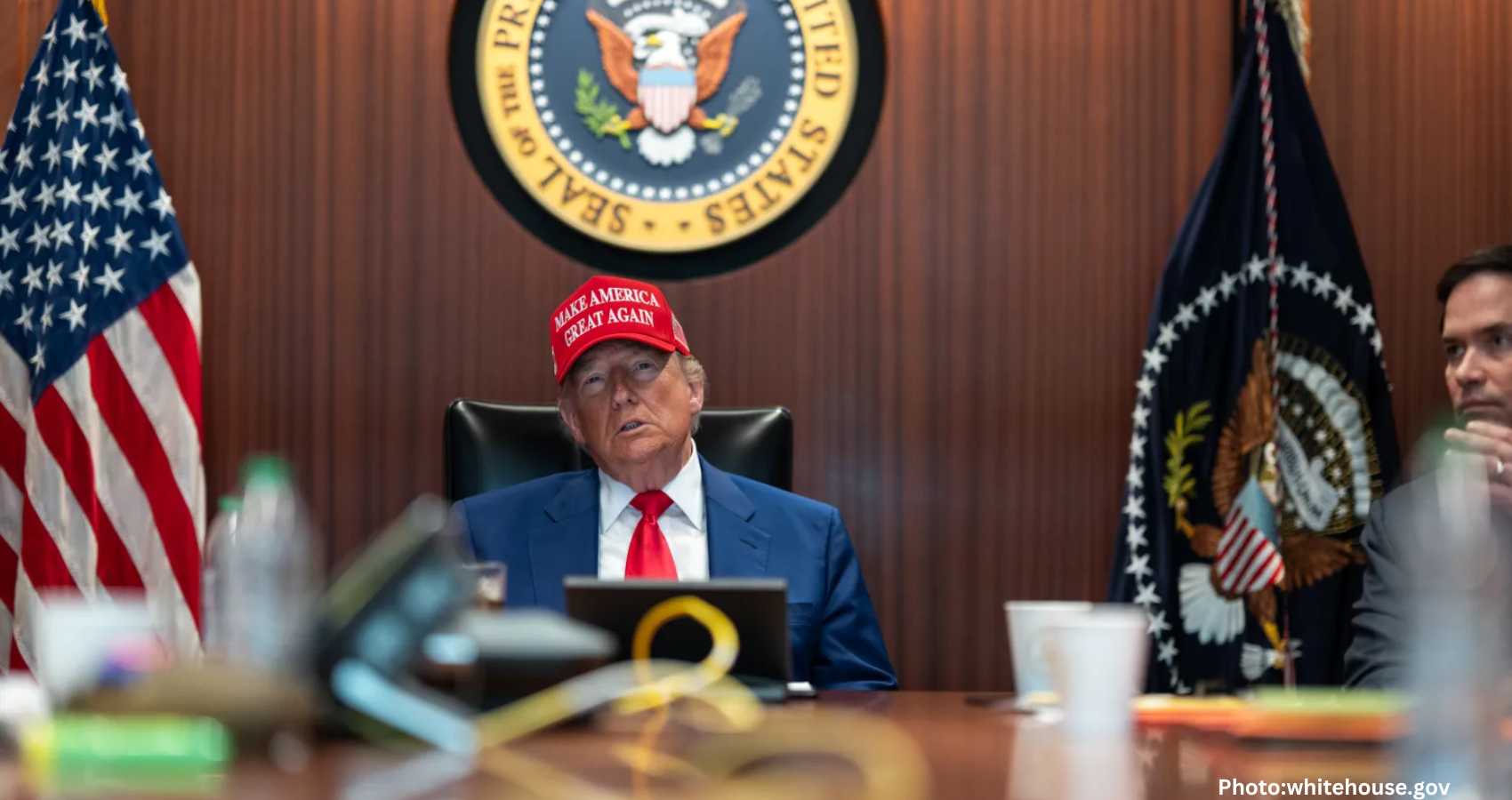President Trump has signed legislation to end the longest government shutdown in U.S. history, providing funding through January 30 and addressing critical issues affecting federal workers and programs.
President Donald Trump has officially signed legislation that brings an end to the longest government shutdown in U.S. history, which lasted more than 40 days. The new funding measure will keep the government operational through January 30, 2025.
On Monday, Trump indicated that the government would soon reopen, as the effects of the shutdown became increasingly severe. Federal workers faced missed paychecks, and air travel was disrupted due to staffing shortages among air traffic controllers.
The legislation maintains government funding at the same levels for the fiscal year 2025, allowing additional time for lawmakers to negotiate a more comprehensive appropriations bill for fiscal year 2026. Importantly, the measure also secures funding for the Supplemental Nutrition Assistance Program (SNAP), which supports over 42 million Americans in purchasing groceries through a debit card system. This funding will continue through September.
In addition to reopening the government, the new measure reverses layoffs that the Trump administration had initiated earlier in October and ensures that employees will receive compensation for their time away from work.
The resolution comes after a prolonged stalemate between Senate Republicans and Democrats over a stopgap spending bill intended to fund the government through November 21. Following a funding lapse that began on October 1, the Senate passed the new legislation late Monday night with a 60-40 vote. Eight Democrats joined their Republican colleagues in supporting the measure.
The House of Representatives subsequently approved its version of the bill on Wednesday, facilitating the government’s reopening.
The shutdown’s fallout had reached critical levels, particularly at U.S. airports where air traffic controllers and Transportation Security Administration (TSA) officers were required to work without pay. Many of these workers began calling in sick or seeking additional employment, leading to further staffing shortages and flight delays.
The impasse between Republicans and Democrats stemmed from disagreements over healthcare provisions included in the funding measure. Trump and Republican leaders accused Democrats of attempting to extend healthcare benefits to illegal immigrants, citing a provision that would repeal parts of Trump’s tax and domestic policy bill, which had reduced Medicaid eligibility for non-U.S. citizens.
Democrats countered these claims, asserting that their goal was to permanently extend certain Affordable Care Act subsidies set to expire at the end of 2025. Although the stopgap spending bill signed by Trump does not extend these subsidies, Senate Majority Leader John Thune, R-S.D., has agreed to hold a vote in December on legislation to continue these credits.
However, Speaker of the House Mike Johnson, R-La., has not yet committed to supporting this arrangement in the House, leaving the future of healthcare funding uncertain.
As the government reopens, the focus will shift to addressing the underlying issues that led to the shutdown and ensuring that federal workers and essential services can operate without further disruptions.
Source: Original article

